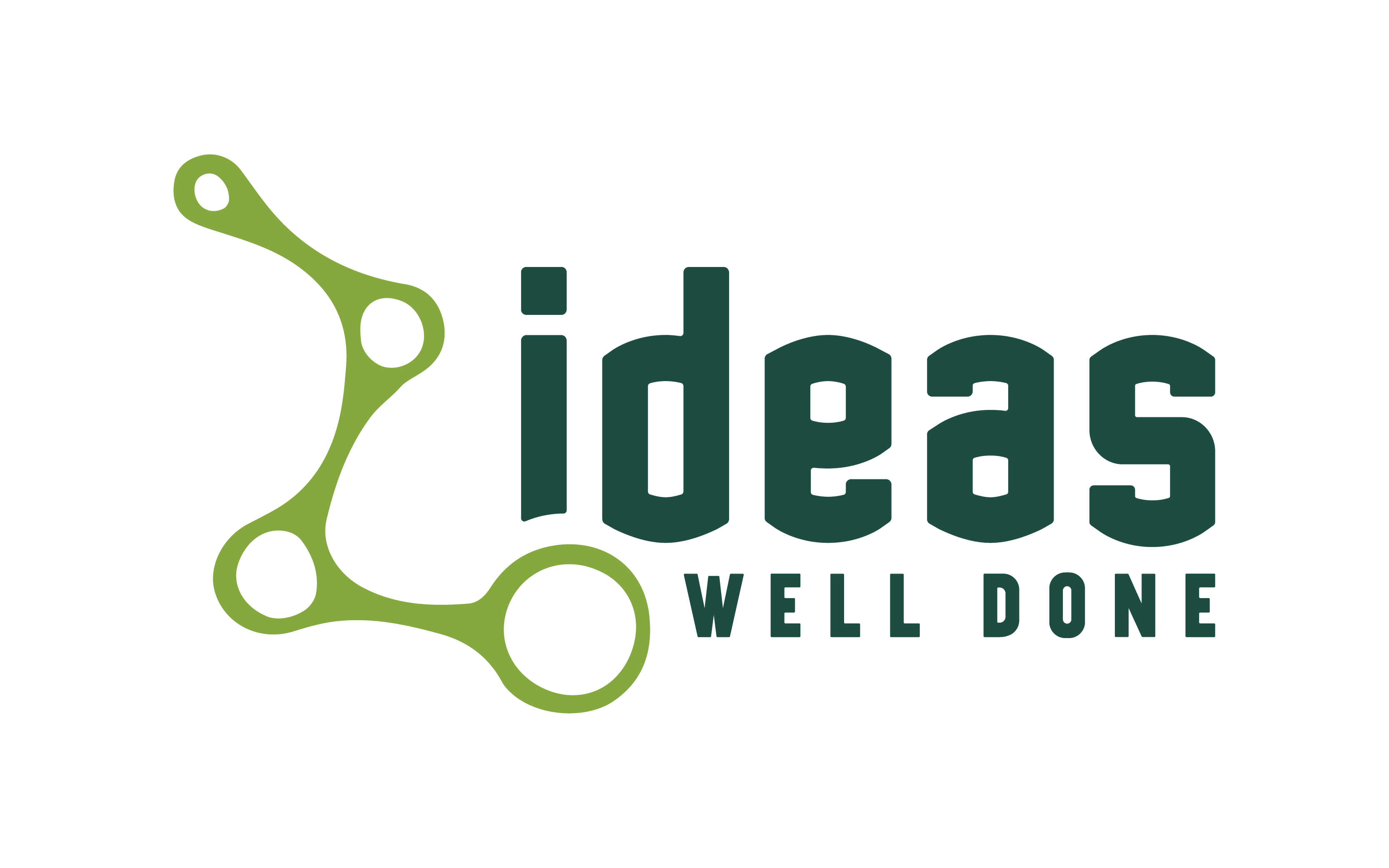New Product Development (NPD) Hard Won Experience – Mistakes to Avoid
New Product Development (NPD) can be the most exciting part of any business, but also the most challenging and heartbreaking. We have romantic notions of a brilliant new product idea with a clearly defined market need. Or maybe a customer has literally offered to buy this product if you could only design it and make it.

Even with the most obvious path forward, we have seen plenty of NPD new product development projects fail. Below are some mistakes we have seen that can be avoided.
Lack of a Strong New Product Development Project Leader
The ideal leader of an NPD New product development project is either technical with project management skills, or a project manager with technical skills. The emphasis is really on the project management element. We sometimes find businesses assigning their strongest design engineers to lead the project. Often, the best design engineers only want to design and avoid the tough and less exciting project management tasks. We find that the engineering design work is strong, but often misplaced or mistimed. The other tasks such as on-going communications with the client, adherence to specifications and deadlines, or management of budget are lost.
No Clearly Defined NPD Scope of Work
One of the first things a strong project manager will ask for is a scope or statement of work. This includes items such as critical features, the definition of project success, due dates, and budgets. Putting together a strong statement of work is not the most glorious work. Often, we want to jump in and get going, right?
Without a clearly defined scope, we find teams can wander off the path. How would a team member even know they were developing an important feature? Features often get left up to assumption. This is when we develop items we do not need or miss the critical ones. Without a scope, how do we know when things are due, or how much money we can spend? Upfront planning can go a long way to illuminate these types of expensive and time-consuming misunderstandings.
Missing Fundamental NPD Project Management Structure
A strong statement of work is the first of many useful tools for managing projects. The root of turmoil on any NPD new product development project is often lack of structure. The biggest issue we find with skipping the use of project management tools is poor communication. We have all been in a situation where a task needed to be accomplished last week. Everyone thought someone else had it covered. Say the client sent an email requesting a change, but they sent it directly to one design engineer. The information did not make it to the rest of the team who continued working towards different objectives. Yet another example, where the project is now at a point where it needs company resources that are booked out for a month. These situations are very frustrating and entirely avoidable.
Tools such as Gantt charts, task, issue, and change trackers, and regular team huddles can work wonders. In regular group meetings, items can be tracked, tasks can be assigned with due dates, and the entire team can be brought up to speed on any new information. Use of Gantt charts can allow teams to plan their resource needs weeks or months in advance to avoid scheduling mishaps. The Project Management Institute (PMI) is an excellent resource for how to properly manage projects. Project management can seem overwhelming, but it does not have to be. We find just a few of the basics such as regular (very brief) group huddles, task tracking and assignment, and project timelines can work wonders. While project management may seem to take up valuable resources, in the end it always saves time and money.
Poorly Defined New Product Development Resources
A common mistake is that sales and marketing or the leader of a business simply throw an NPD new product development project at the engineering team and expect it to get done. If engineering capacity and prioritization have not been properly allocated to the project, it is usually last on the list of things to get done. The putting out of fires in production usually supersedes NPD new product development. Deadlines get missed, people get frustrated, you get the picture.
A similar challenge is a lack of a specific budget for the project. This must come from the top of the organization. If the resources are to be drawn from a department’s existing operating budget, buy-in from those department heads is crucial. We have seen cases where this was not discussed until the invoices began to stack up. It causes a lot of finger pointing, frustration, and ultimately disinterest with any NPD new product development project.
Projects should have clearly defined human and financial resources. Key to NPD new product development success is the elimination of roadblocks. Lack of staff or dollars will cause a project to fall behind schedule and lead to disagreements about funding.
Minimal Support from Executive Leadership for NPD
Nothing is more frustrating than to work on a project with fits and starts. All too often, NPD new product development projects are kicked off with a very excited executive in the room. This is a great way to start but as time goes on, “more pressing” matters take attention away. Without enthusiasm from the top, resources often get peeled off to support ongoing business interests. Often, without touches on the project from executive leadership, the sense of purpose can be lost. Work quality and speed begin to slip, and with that goes the project.
NPD new product development projects that see regular touches from executive leadership have a better chance of success. Executives usually have a lot on their plate. Great project managers figure out how to keep them engaged without demanding too much time. Funding and other resources are more likely to remain in place for the project, and the team members often feel more valued, leading to better performance.
Missing the Client AND the End User’s Needs
We have seen many projects where the client was either misunderstood or did not actually ask for what they needed. Core to an NPD new product development project is taking the time to understand the “real” problem your new product will solve. A project could go for six months and cost half-a-million dollars. It was on-time and on budget. The team celebrated the success. Then disaster strikes. The product goes into the field and turns out to have totally missed on a key part of the use environment. The product worked well in the lab, but in the field, it is effectively unusable.
This can be avoided. We find that going to experience the problem your product is intended to solve firsthand is key. Even when the client tells you the issue, there are certain constraints, or hidden issues that are missed because the client has been living with the issue for so long.
We also find that iterating quickly and getting a cheap prototype that just barely solves the problem (also known as an MVP or Minimum Viable Product) into the field can help avoid the big misses. How do we get a basic version into the field for five-hundred bucks? With this we can identify the big misses, then move on to the five-hundred-thousand dollar push with the confidence that we are building the solution to our client’s problems.
New product development projects are exciting! By avoiding the mistakes we discussed, a business can eliminate the many pain points that can suck the fun out of any project. While some of the concepts may seem time consuming and costly, they always prove to be less expensive in the long run when compared to the risks they mitigate.


